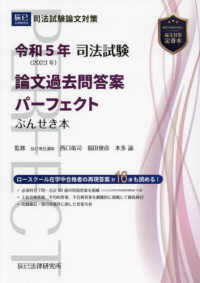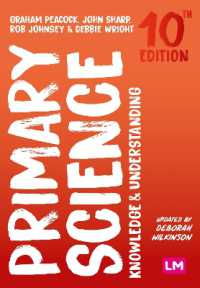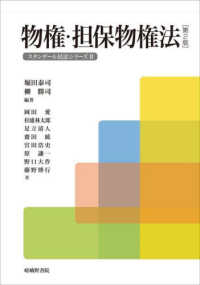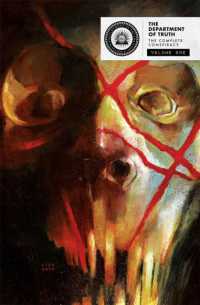- ホーム
- > 洋書
- > 英文書
- > Nature / Ecology
Full Description
This open access book, building on the legacy of food systems scholar and advocate, Jerome Kaufman, examines the potential and pitfalls of planning for urban agriculture (UA) in the United States, especially in how questions of ethics and equity are addressed.








